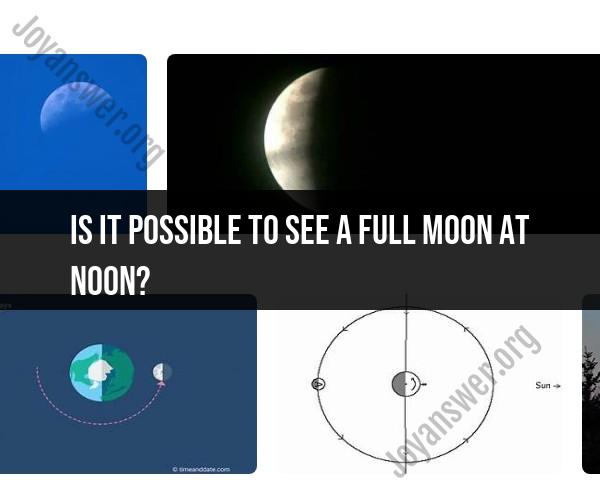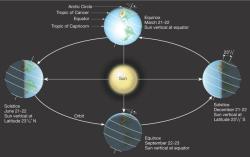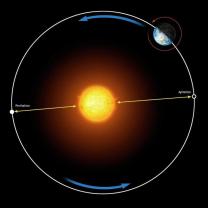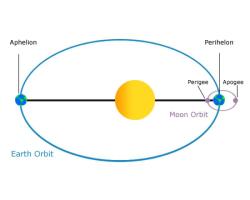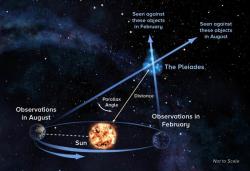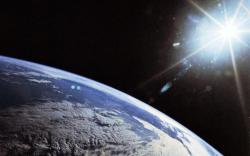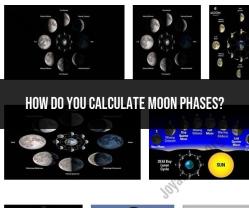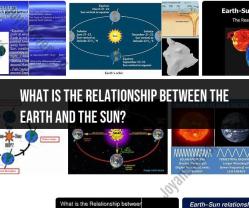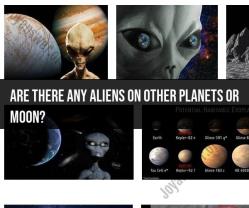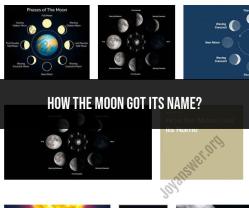Is it possible to see a full moon at noon?
The visibility of the moon at noon depends on the specific phase of the moon and its position in the sky. Here's a general overview of how lunar phases affect moon visibility at different times of the day:
New Moon: During a new moon, the moon is located between the Earth and the sun. At noon, the new moon is typically not visible because it is positioned in the daytime sky near the sun. The dark side of the moon faces Earth, and its illuminated side faces away from our planet.
Waxing Crescent: As the moon moves away from the new moon phase, a small sliver of the illuminated side becomes visible shortly after sunset. By noon, the waxing crescent moon may be visible in the western sky, although it might be low on the horizon.
First Quarter: Around the first quarter phase, the moon is visible in the afternoon and evening. By noon, the moon is typically positioned in the southern sky and may be visible depending on its altitude and the observer's location.
Waxing Gibbous: During the waxing gibbous phase, the moon becomes more illuminated and visible during the afternoon and evening. By noon, it may be visible in the sky, especially if it's closer to the first quarter phase.
Full Moon: The full moon rises in the east around sunset and is visible throughout the night. By noon, the full moon is typically not visible because it is on the opposite side of the Earth from the sun, which places it below the horizon during the day.
Waning Gibbous: As the moon transitions to the waning gibbous phase, it remains visible in the morning sky and becomes less visible during the evening and night. By noon, the waning gibbous moon may still be visible in the sky, especially if it's closer to the last quarter phase.
Last Quarter: The last quarter moon rises around midnight and is visible in the morning sky. By noon, the last quarter moon is positioned high in the southern sky and may be visible.
Waning Crescent: As the moon approaches the new moon phase, its illuminated side becomes smaller and less visible. By noon, the waning crescent moon may be visible in the eastern sky, although it's closer to the new moon and might be low on the horizon.
Keep in mind that the exact visibility of the moon at noon can vary based on your geographic location, the time of year, and atmospheric conditions. To observe the moon during daylight hours, it's helpful to know the approximate phase of the moon and its position in the sky relative to the sun.
